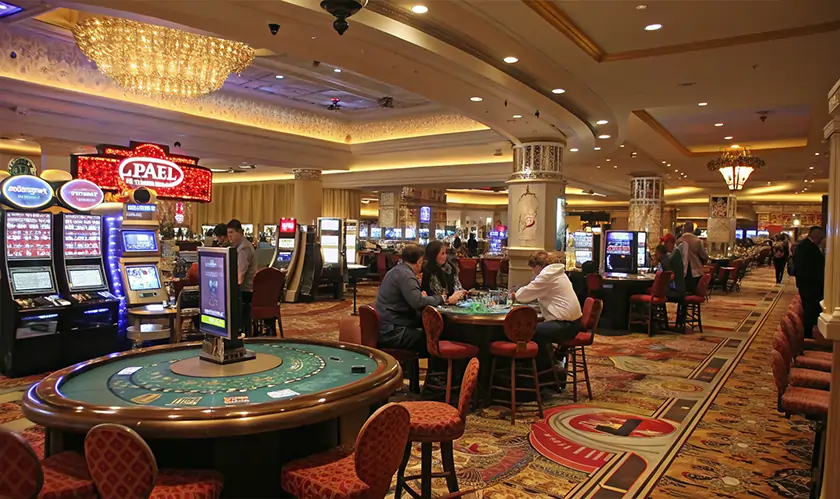Home Industry Gaming and vfx Beyond the Main Quest: Casino ...
Gaming And Vfx

CIO Bulletin
03 October, 2025
The inclusion of casino settings and mini-games within video games has a long history, shifting from standalone simulators to deeply integrated parts of massive digital worlds. Initially, titles like Vegas Stakes were the entire product, offering a risk-free digital version of real-world gambling. In fact, the primary goal was to replicate the atmosphere of a casino. Modern games, however, incorporate these elements for entirely different reasons, making them a tool for world-building and economic management within a much larger narrative.
This integration serves to add a layer of realism and provide a change of pace from the main gameplay loop. These systems often operate as closed in-game economies, which are functionally different from external platforms. For instance, a system like a sweepstakes casino has chance-based games as its core purpose, governed by a specific set of rules for prizes. In contrast, an in-game poker table in a role-playing game is an atmospheric feature, designed to make the fictional world feel more complete and lived-in.
The journey of chance-based mechanics in gaming reflects the industry's own maturation. Early titles focused on simulation above all else. Lynx Casino for the Atari Lynx, for example, was celebrated for its faithful recreations of blackjack, craps, and roulette. Its value was in letting players learn and practice these games without any financial risk.
Subsequently, as technology and design philosophy advanced, developers began weaving these elements into broader narratives. It seems that the goal was no longer just to simulate a casino but to use it as a set piece. Therefore, casino-themed levels appeared in platformers like Sonic the Hedgehog 2, establishing them as a functional and atmospheric distraction rather than the main event. This was a pivotal shift toward using chance as an immersive tool.
The implementation of casino settings and mini-games varies greatly depending on the game's genre and intent. Developers adapt these mechanics to fit specific thematic and economic needs, creating diverse player experiences. To be sure, these are not all designed with the same purpose in mind.
The appeal of chance-based mechanics is deeply rooted in human psychology. These systems can trigger the brain's reward system, releasing dopamine and encouraging repeated play. This principle of intermittent reinforcement, where rewards are unpredictable, is a powerful driver. It is the same psychological foundation that makes slot machines compelling.
While immersive casino settings and mini-games use this for player fun, a more debated model exists in monetized chance mechanics like loot boxes. This business practice, which relies on players spending real money for random virtual items, directly mirrors the systems of real-world casinos. Due to this parallel, the practice has faced considerable scrutiny for its potential effects on players. Still, it remains a different approach from the casino settings and mini-games designed purely for world-building and in-game progression.







